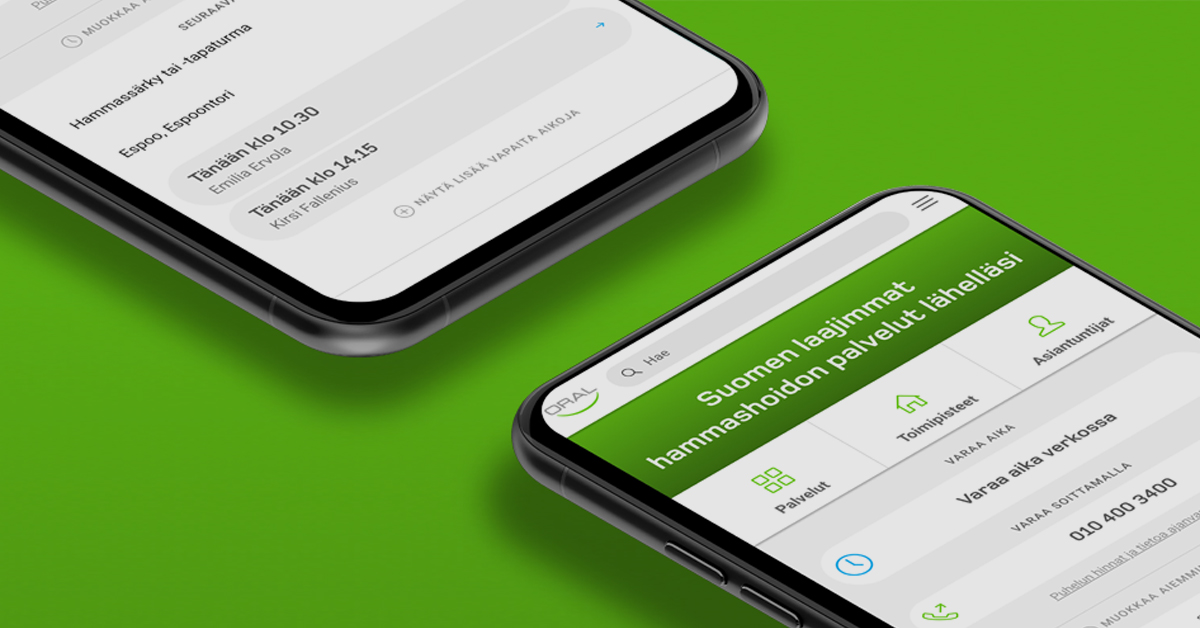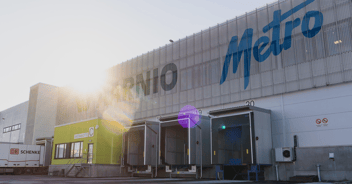A new invoicing system was the result of ironclad collaboration
Helsinki University Hospital (HUS) is the largest healthcare provider in Finland and the country's second largest employer. HUS treats approximately 680,000 patients annually and employs 27,000 professionals. The different organizations within HUS are responsible for the specialist medical care provided for the residents of 24 municipalities. The treatment of several rare and severe diseases is centralized to HUS nationwide.
HUS had been using an off-the-shelf software system, but now wanted a system that would be in their own control and would serve the needs the organization had for customer and organizational invoicing. The extensive multi-vendor project was challenging, but smooth collaboration across organizational borders produced an excellent end result.


Towards a flexible proprietary system
The aim of HUS’s “Atlas” project was to replace an off-the-shelf software system with a new system that HUS would have full control over. HUS was looking for smoother and faster development and increased customization. It was important for HUS also to ensure that the new system would meet all future customer needs and adapt to changes brought about by the healthcare and social welfare reform. HUS chose a multi-vendor model for the implementation. Vincit took responsibility for the development of the organizational side of the system as well as for the UI/UX design and software development. A few other software companies were also involved in the development project.
Although we were new to agile development and the multi-vendor model, everything worked out just fine. Vincit handled their part with excellence and was an invaluable help in the project.
Riitta Anttila, Expert in Organizational Invoicing, HUS
HUS wanted to learn and become agile
Several agile development methodologies were used during the development of the new system. The project was kicked off with Scrum and advanced in sprints. But when the first implementation approached, the development team switched to using Kanban. HUS saw the development project as an opportunity to learn new practices and warmly welcomed the use of different methodologies. Overall, the project progressed well despite its tight schedule and the warning lights flashing in red at times. In the end, it was solid prioritization of tasks and active communication between the different parties that ensured that things rolled along smoothly.
Many things occurred during the long-term project. The project management changed mid-development, but the new management quickly grasped the project's scope and complexity. This is where Vincit’s extensive experience of complex development projects really paid off and helped ensure that unexpected changes didn't derail the project. The developers, the project management and HUS shared maintained mutual trust throughout the project, and all Scrum Masters and Product Owners carried out their responsibilities with excellence. The developers gave constant updates, which helped management know how things were progressing.

Expertise used
The simple pieces of success
The development of the Atlas project continues, even though the systems are “ready” and in active use. According to project management, the system is in good shape, and its quality is on point. As always, there is room for further development, and the ongoing healthcare reform will add further requirements, which the system and HUS will need to meet. System development will be continued as a joint undertaking – and why not? The multi-vendor model can be functional and successful when there is enough know-how, experience, insights and understanding.



